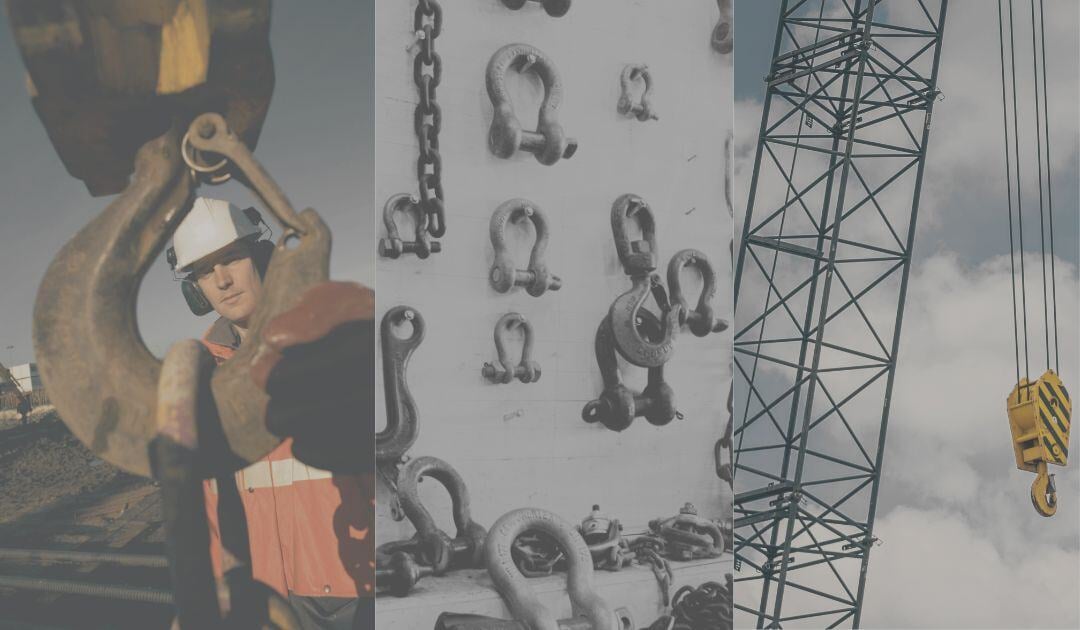
Complacency and muscle memory are often things we don't consciously notice in ourselves, but others can easily spot when we're becoming complacent. While complacency is typically viewed negatively in the safety industry, it’s not always a bad thing.
For example, walking is driven by muscle memory—if we had to focus on every step we took, it would be difficult to move naturally. In this blog, we explore how complacency affects the crane and rigging industry and how you can use this understanding to enhance safety.
Defining Complacency
Complacency is the state of self-satisfaction often accompanied by a lack of awareness of potential risks, while muscle memory is the ability to perform a task automatically due to frequent repetition. After performing the same tasks repeatedly, it’s easy to slip into complacency, as seen when we drive without consciously thinking about it, relying on muscle memory to guide us. This combination of complacency and muscle memory can lead to “auto-pilot” actions, such as when we don’t remember the drive home. However, just as we prioritize safe driving to make good practices automatic, it’s crucial to consistently follow the right processes to ensure our routines keep us safe, since practice alone doesn’t guarantee perfection—only perfect practice does.
When Complacency Leads to Harm
Complacency is frequently cited as a cause of accidents, particularly when people rely on the mindset, "We've always done it this way”, especially in the crane and rigging industry. While consistency is valuable, continuing with outdated or ineffective practices can lead to dangerous consequences. Every situation is different, and failing to adjust to evolving conditions can result in negative outcomes. When multiple misaligned factors accumulate, a triggering event can lead to an accident. Complacency is one of these factors, underscoring the need for ongoing review and adaptation of practices to maintain their safety and effectiveness.
In 2022 alone, there were 5,486 fatal workplace injuries, which breaks down to one accident every 96 minutes, according to the Bureau of Labor Statistics (BLS). Between 2011 and 2017, the Census of Fatal Occupational Injuries (CFOI) detailed 297 deaths due to crane operations, including direct strikes and falling objects. With the prevalence of crane-related accidents, the need for high-quality crane training and prevention is at an all-time high.
Combatting Complacency: Strategies for Success
Crane and rigging accidents are the biggest reasons operators get injured, and businesses lose traffic. In fact, the National Safety Council estimates that these kinds of accidents result in losses totaling roughly $167 billion as of 2022. Prevention is the best way to avoid these situations, and it can be done with just a few careful tips. Consider the following tips.
To effectively tackle complacency, we must take a proactive stance on safety and foster a culture of continuous improvement. Here are key strategies to help eliminate complacency and ensure a safer crane and rigging in the workplace:
- Stay Vigilant: Always be alert and aware of your environment. Keep an eye out for potential hazards and report any safety concerns promptly.
- Follow Safety Protocols: Consistently adhere to established safety procedures. Never take shortcuts or skip safety measures for convenience.
- Commit to Ongoing Training: Engage in regular safety training to stay updated on the latest best practices, safety guidelines, and emerging risks.
- Set a Positive Example: Lead by example by strictly following safety protocols and encouraging your colleagues to do the same.
- Foster Open Communication: Maintain clear and open lines of communication with your team and supervisors about safety issues and concerns.
By embracing these strategies and staying proactive in our safety efforts, we can effectively combat complacency and cultivate a safer, more responsible work environment for everyone.
Impact on the Lifting Industry
The lifting industry faces similar risks to other sectors, particularly in crane operations. Effective training, careful planning, and consistent practice are key to minimizing these risks and ensuring safe, efficient work. Accreditation bodies like the NCCCO set industry standards through exams that validate the knowledge and skills required for safe lifting practices.
Our team of experts can support your crew in preparing for and passing NCCCO exams, helping them meet these essential safety standards. In addition, companies should establish clear policies and procedures that align with current industry guidelines, ensuring comprehensive training and proper planning for crane and rigging operations.
By fostering a culture of open communication, collaboration, and continuous improvement, businesses can significantly reduce complacency-related risks. With steady, deliberate action, we can build lasting, positive habits that lead to both safety and efficiency in the crane and rigging industry.
Get in Touch with CICB for Superior Crane Education
When you want to build a cutting-edge and reliable team of crane operators to minimize the risk of crane-related accidents, you can trust CICB to help. We've supported the lifting industry since 1969 and are focused on creating high-quality educational experiences that drive safety and improve efficiency.
Ready to discover why organizations across the world trust our educators to prepare your professionals for the worksite? Contact our team online to learn more about our crane and rigging training today!
About The Author
 Larry Kime brings over two decades of experience to CICB, serving as a Senior Instructor/Inspector and Technical Advisor. A U.S. Air Force veteran, Larry has dedicated his career to promoting safety and compliance in the lifting industry. Known for his engaging teaching style and deep technical expertise, he is highly regarded by professionals across the field. Larry’s commitment to continuous learning and mentorship makes him a valued member of the CICB team.
Larry Kime brings over two decades of experience to CICB, serving as a Senior Instructor/Inspector and Technical Advisor. A U.S. Air Force veteran, Larry has dedicated his career to promoting safety and compliance in the lifting industry. Known for his engaging teaching style and deep technical expertise, he is highly regarded by professionals across the field. Larry’s commitment to continuous learning and mentorship makes him a valued member of the CICB team.





